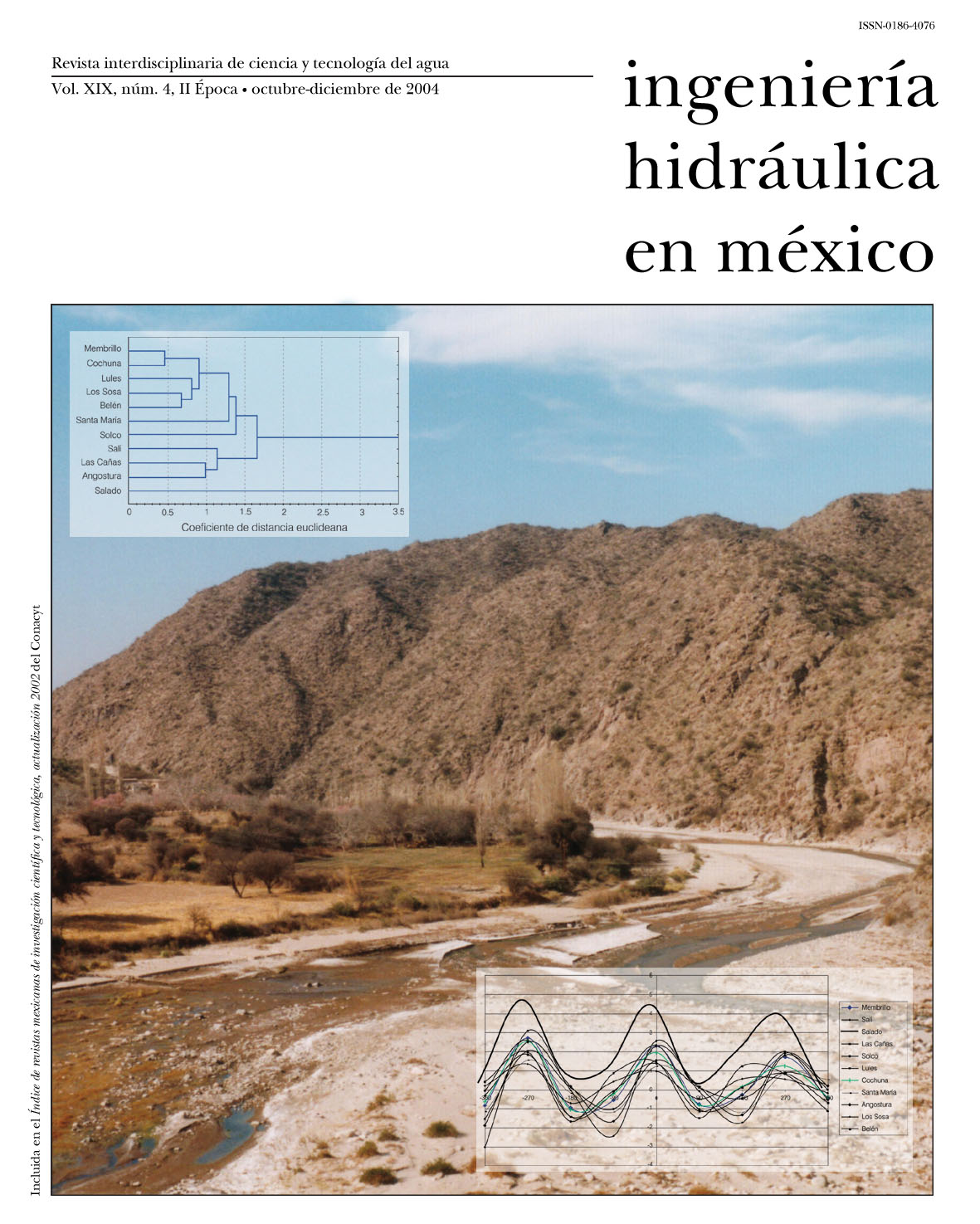Why are there level variations in Lake Tequesquitengo? 1. Calibration of a model of the hydrological system.
Keywords:
lake, mathematical modeling, aquifer, surface water, groundwater, joint simulationAbstract
In the 19th century, water level in lake Tequesquitengo was about 20 meters below present-day levels and within a time period between 1820 and 1865 the lake's level gradually increased, leaving the small town existing on its banks completely under water. The explanation that has been given to this phenomenon is related to a river diversion and an irrigation system built at that time. The lake is nowadays an important tourist attraction in the state of Morelos. People living today on the banks of the lake have expressed their concern, since they say the lake level has been descending in the last few years. It has been shown by other authors that there is a close relationship between the lake and the aquifer underlying it. Therefore, the first part of this work is devoted to studying the interaction of these two water bodies with a regional approach. The study is based on already existing information. Usual surface and groundwater hydrology methods are applied, as well as the numeric mathematical modeling technique to simulate the lake-aquifer system. As a result, the calibration of the aquifer zone surrounding the lake is achieved, where the observed water levels are accurately reproduced and the aquifer contour lines (water table) are approximated. From this result, and by means of the model, several proposals are made to reduce the drop of the lake's water level. In the second part of this work, an attempt is made to explain what might have happened in the 19th century
Downloads
Published
How to Cite
Issue
Section
License
By Instituto Mexicano de Tecnología del Agua is distributed under a Creative Commons Attribution-NonCommercial-ShareAlike 4.0 International License. Based on a work at https://www.revistatyca.org.mx/. Permissions beyond what is covered by this license can be found in Editorial Policy.









